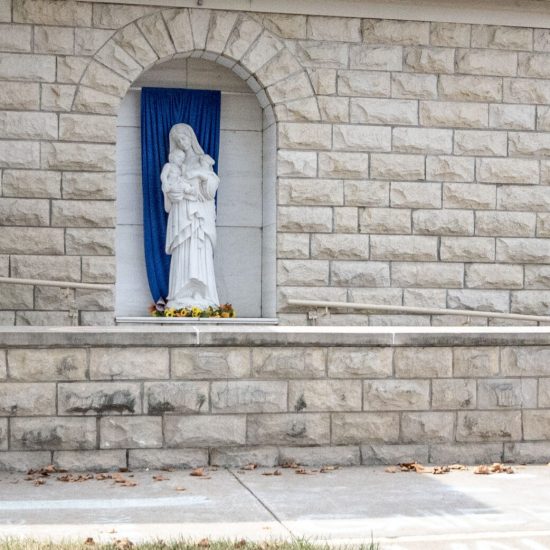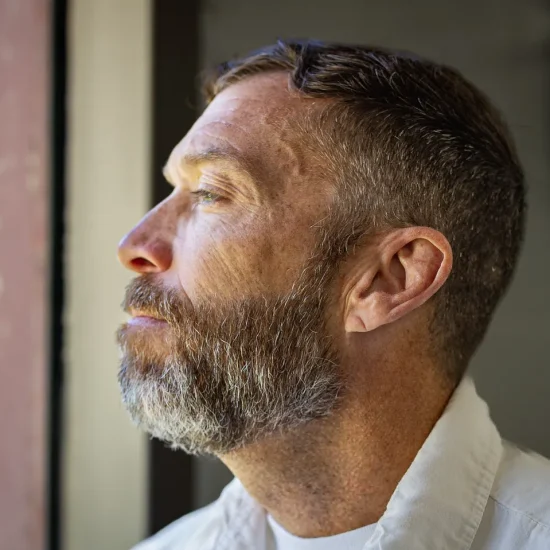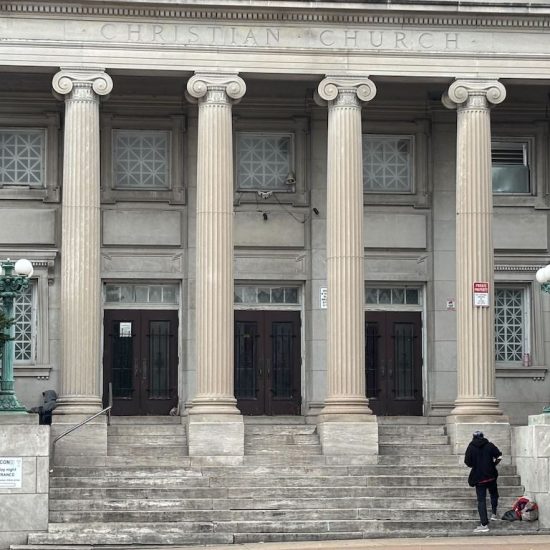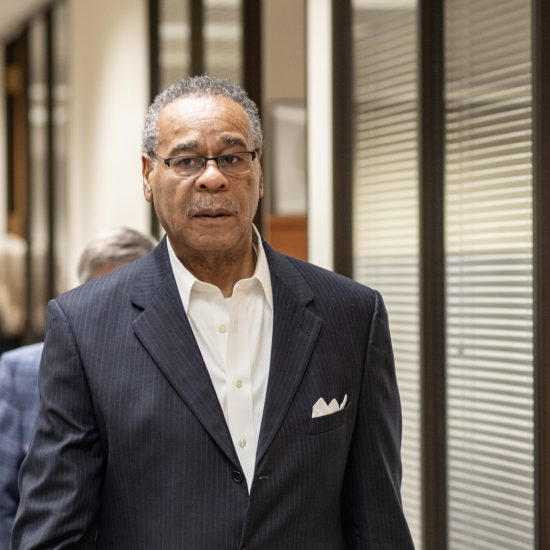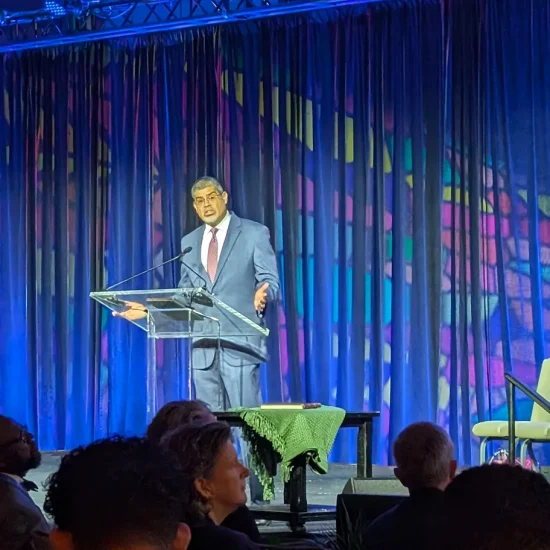JEFFERSON CITY — Although Baptist work among Hispanics across Missouri dates back to at least 1915, outreach to this diverse group exploded in the 1980s.
“Two things happened in the 1980s that brought a lot of Hispanics to Missouri,” explained Mauricio Vargas, who served as the Missouri Baptist Convention’s multicultural specialist for more than 20 years.
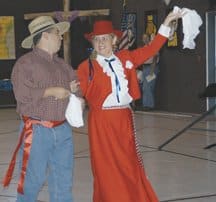
Dancers from Chile perform at a multicultural celebration hosted by Concord Baptist Association. (Word&Way file photo)
|
Civil wars in several Central American countries sent scores of refugees to the United States. Then in 1986, the federal government granted a broad amnesty that allowed many Latin Americans to remain in the country. Jobs in poultry and beef processing plants attracted many to Missouri, Vargas explained. He began his tenure in Missouri in 1987.
“In southwest Missouri, we were able to develop nearly 15 new ministries as a result of the chicken processing plants,” he said. “Many began to move to the cities. Springfield, Kansas City and every medium and large community experienced growth” in Hispanic population.
Vargas pointed to the Sedalia area as an example. A few Hispanics lived in the area until the poultry firm, Tyson, opened a plant. “Today, Sedalia has the largest Hispanic work” among Baptists in the state, he believes.
First Baptist Church, Sedalia, hosted the Latino mission for several years. The congregation constituted as a separate church last fall and was able to purchase its own building in January.
Multicultural nature
In the late 1980s and early 1990s, Baptists in Missouri began to recognize the multicultural makeup of the Hispanic community. “When I came to Missouri, a lot of people questioned the ethnicity of Hispanics,” he said. A misconception held that most Hispanics came from Mexico.
Most early immigrants probably were Mexican, especially in and around Kansas City, Vargas said. “But in St. Louis, we had some who came from Spain. Today, I would say that every Latin American country is represented.”
While meat processing plants and some vegetable truck farms still attracted Latinos to Missouri, many new immigrants came to work in construction and roofing in the 1990s, particularly from 1995-2000. “Once we knew they were going to stay, we started to develop ministries,” Vargas said.
Leadership
An emphasis on leadership development also spurred growth in the 1990s, Vargas believes. During the decade, seven ethnic leadership development centers and Bible institutes trained workers.
“They gave us the opportunity to reach Hispanics and to train others. The development of key leaders and key laymen was unbelievable,” he said. “We have pastors who really took seriously the challenge to train leaders.”
Using young Latino leaders, particularly from Central America, as summer missionaries also strengthened churches and developed new work in the ’90s. Individuals from Puerto Rico, Mexico and El Salvador spent 10 weeks each summer to help start new churches.
Missouri Baptist Hispanics, at least in Kansas City, had been connected to a national Mexican Baptist convention in the 1930s and 1940s, scattered historical records indicate. About 12 years ago, Latinos in the state began the Hispanic Baptist Fellowship in Kansas City as a result of a state language conference, and then affiliated with the Southern Baptist Convention’s national fellowship, according to Vargas. The Missouri group hosted a national meeting when the SBC met in St. Louis in 2002.
The state organization sponsors two youth camps annually and a fellowship for participating churches.
Local focus
Although the Home (now North American) Mission Board has helped fund state workers for ethnic work, associations seem to have taken the lead to promote work among ethnic populations in their own areas over the years.
HMB missionary Elias Pantoja served as the MBC director of language missions and coordinator for interfaith witness from May 1983 to January 1987. Pantoja brought fellow missionary Paul Garcia to St. Louis, where Garcia continues to coordinate ethnic work for St. Louis Metro Baptist Association. Pantoja later recruited Vargas to Missouri.
Luis Mendoza started the only Hispanic church affiliated with the SBC in Clay Platte Baptist Association. He planted additional congregations in the Kansas City area and helped develop a statewide network for Hispanic pastors.
The Springfield area also has experienced a surge in the Latino population, according to Samuel Gonzalez, director of ethnic and church missions for Greene County Baptist Association. About 13 congregations — including two Baptist ones — reach out to the 5,000 to 5,500 Hispanics in the county.
“The need surpasses our capacity to reach Hispanic lost people for Christ,” Gonzalez said. “It is my desire and prayer that our God speaks to other Baptist churches in order to be proactive (in) reaching Hispanics and starting new missions and Bible study centers.” Greene County association launched its Jerusalem Project to encourage area churches to reach ethnic populations.
Slowed growth
Hispanic work in Missouri reached a peak in the 1990s, Vargas said. “At one time, we had 65 churches, missions and migrant centers. We were trying to reach Hispanics everywhere, and we went everywhere we were called to help,” he said.
He believes two factors have contributed to the slowdown of work among Latinos in Missouri — one Baptist and the other state government.
Over the years, Baptist ethnic work generally shifted focus as the state’s population changed. American Baptist histories indicate early work among Native Americans, with a shift to more work among African Americans following the Civil War.
Records seem to indicate the Missouri Baptist General Association, the forerunner of the MBC, first had state missionaries among Scandinavians, Italians and Germans, particularly in St. Louis.
The state missions and Sunday School division’s report in 1915 MBGA annual meeting records lists one Mexican missionary. The report noted “tens of thousands of foreigners,” estimating a fourth of Missouri’s population as either “foreign born” or first-generation immigrants.
The MBC began to emphasize church planting more broadly as its leadership shifted in the early 2000s, Vargas believes, setting a goal to start 10 churches of all types each year.
Although the MBC shift has meant tightened funding, Hispanic Baptist work in Missouri has been hit harder by changes in state government’s approach to immigration. Former Gov. Matt Blunt “worked against” undocumented immigrants and several cities and communities have since passed new regulations. “That has caused several Hispanics to leave,” Vargas said.
The change in attitude has led to several immigration raids in the last five years, many of which decimated some congregations. One church saw its membership drop from about 55 members to 10.
Future ministry
“Some churches are growing,” Vargas said. “Those that developed a strong program and had a vision of becoming independent are growing.”
Although officially retired in 2008, he continues to assist the MBC with its partnership with El Salvador. And he stays in touch with language ministry, working part-time as the multicultural specialist for Concord Baptist Association.
He believes Baptist work will grow and strengthen among the state’s Hispanics as long as workers recognize the cultural variety and relate to people individually. “Language ministry is a relational ministry,” he said. “We must relate to so many language groups in the Latino community. We must relate to many countries.” People from 18 Hispanic countries reside in Missouri.
“That’s why language work is hard because you relate to a denomination. But you had better relate to the communities…and to the organizations where you are,” he added. “I think that if we are going to be successful in reaching Hispanic families, we have to continue doing it in the language of the heart…. As a church, we have to respect their language, their culture and who they are.”

